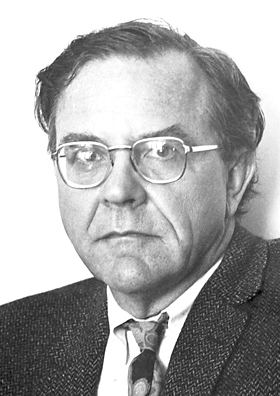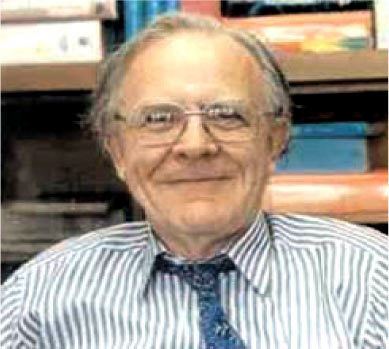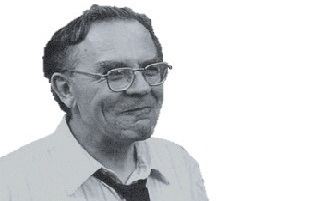Nationality British Name Geoffrey Wilkinson | Role Chemist | |
 | ||
Institutions University of California, BerkeleyHarvard UniversityImperial College London Doctoral advisor Henry Vincent Aird Briscoe Died September 26, 1996, London, United Kingdom Books Advanced Inorganic Chemistry: A Comprehensive Text Similar People F Albert Cotton, F Gordon A Stone, Ernst Otto Fischer, Douglas Hague, Walter Hieber | ||
Geoffrey wilkinson
Sir Geoffrey Wilkinson FRS (14 July 1921 – 26 September 1996) was a Nobel laureate English chemist who pioneered inorganic chemistry and homogeneous transition metal catalysis.
Contents
- Geoffrey wilkinson
- Interview with geoffrey wilkinson 1991
- Education and early life
- Career and research
- Awards and honours
- Personal life
- References

Interview with geoffrey wilkinson 1991
Education and early life

Wilkinson was born at Springside, Todmorden, in the West Riding of Yorkshire. His father, Henry Wilkinson, was a master house painter and decorator; his mother, Ruth, worked in a local cotton mill. One of his uncles, an organist and choirmaster, had married into a family that owned a small chemical company making Epsom and Glauber's salts for the pharmaceutical industry; this is where he first developed an interest in chemistry.
He was educated at the local council primary school and, after winning a County Scholarship in 1932, went to Todmorden Grammar School. His physics teacher there, Luke Sutcliffe, had also taught Sir John Cockcroft, who received a Nobel Prize for "splitting the atom". In 1939 he obtained a Royal Scholarship for study at Imperial College London, from where he graduated in 1941, with his PhD awarded in 1946.
Career and research
In 1942 Professor Friedrich Paneth was recruiting young chemists for the nuclear energy project. Wilkinson joined and was sent out to Canada, where he stayed in Montreal and later Chalk River Laboratories until he could leave in 1946. For the next four years he worked with Professor Glenn T. Seaborg at University of California, Berkeley, mostly on nuclear taxonomy. He then became a Research Associate at the Massachusetts Institute of Technology and began to return to his first interest as a student – transition metal complexes of ligands such as carbon monoxide and olefins.
He was at Harvard University from September 1951 until he returned to England in December 1955, with a sabbatical break of nine months in Copenhagen. At Harvard, he still did some nuclear work on excitation functions for protons in cobalt, but had already begun to work on olefin complexes.
In June 1955 he was appointed to the chair of Inorganic Chemistry at Imperial College London, and from then on worked almost entirely on the complexes of transition metals.
Wilkinson is well known for his popularisation of the use of Wilkinson's catalyst RhCl(PPh3)3 in catalytic hydrogenation, and for the discovery of the structure of ferrocene. Wilkinson's catalyst is used industrially in the hydrogenation of alkenes to alkanes.
He supervised numerous PhD students and postdoctoral researchers including Alan Davison and Malcolm Green.
Awards and honours
Wilkinson received many awards, including the Nobel Prize for Chemistry in 1973 for his work on "organometallic compounds" (with Ernst Otto Fischer). He is also well known for writing, with his former doctoral student F. Albert Cotton, "Advanced Inorganic Chemistry", often referred to simply as "Cotton and Wilkinson", one of the standard inorganic chemistry textbooks.
He was elected a Fellow of the Royal Society (FRS) in 1965. In 1980 he was awarded an honorary doctorate of science from the University of Bath. Imperial College London named a new hall of residence after him, which opened in October 2009. Wilkinson Hall is named in his honour.
Personal life
Wilkinson was married and the father to two daughters.
